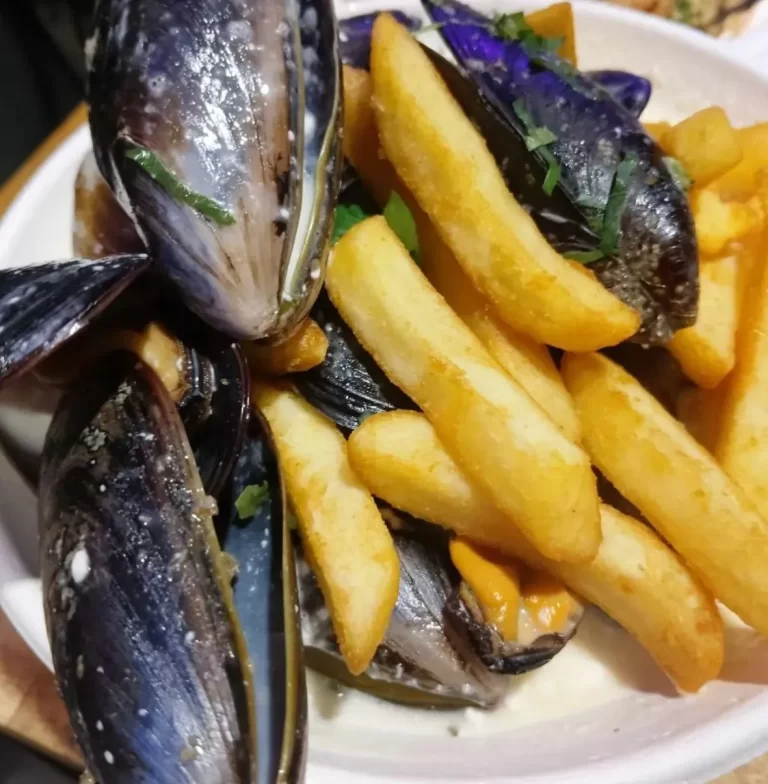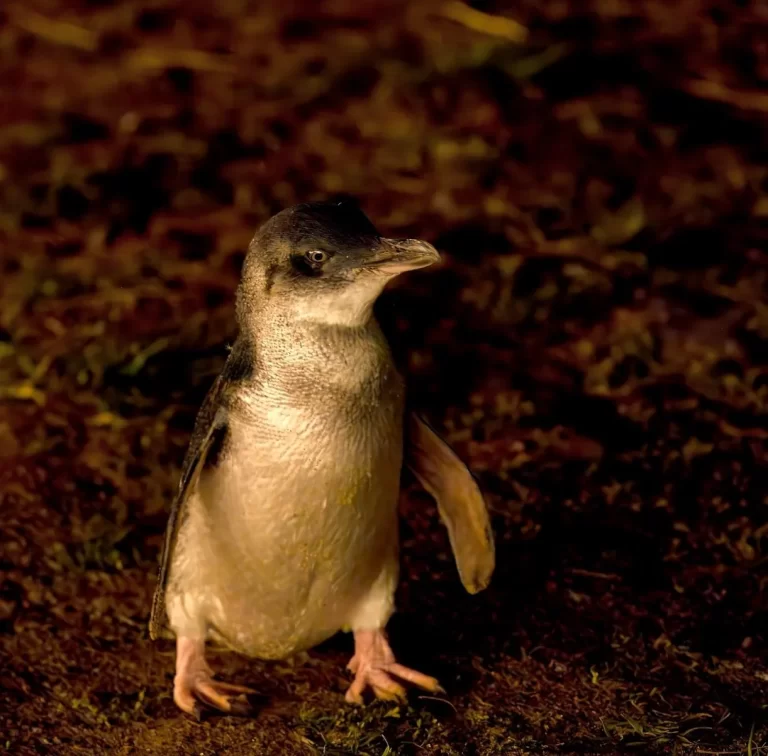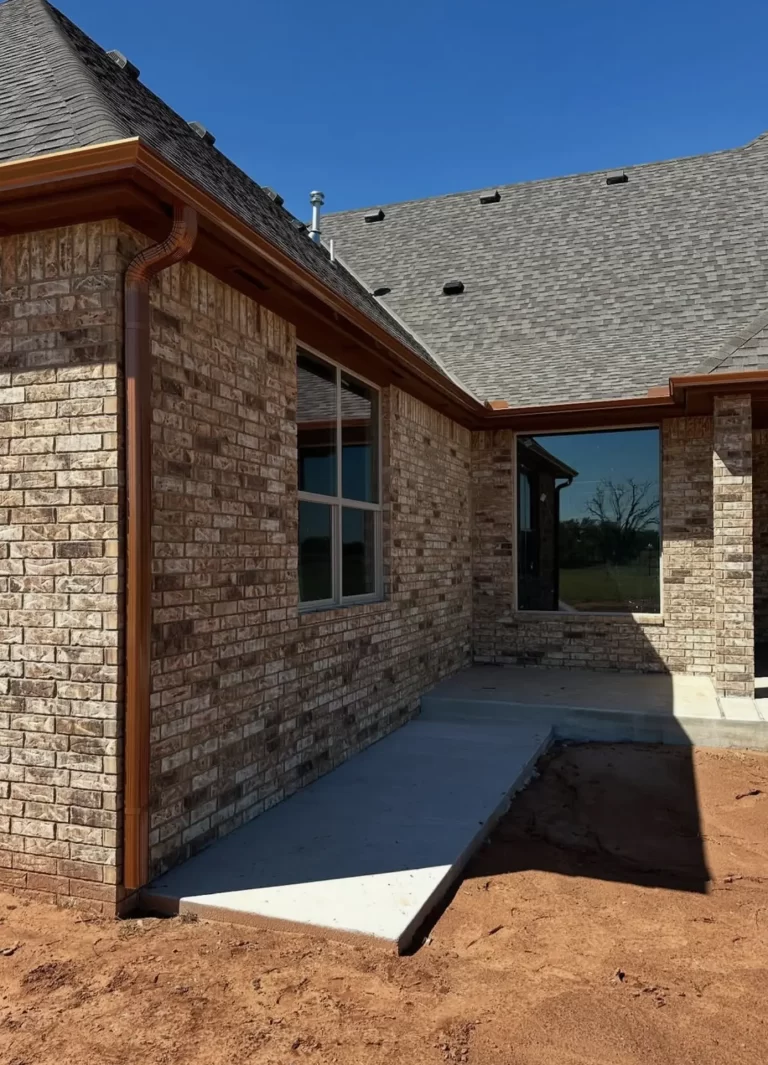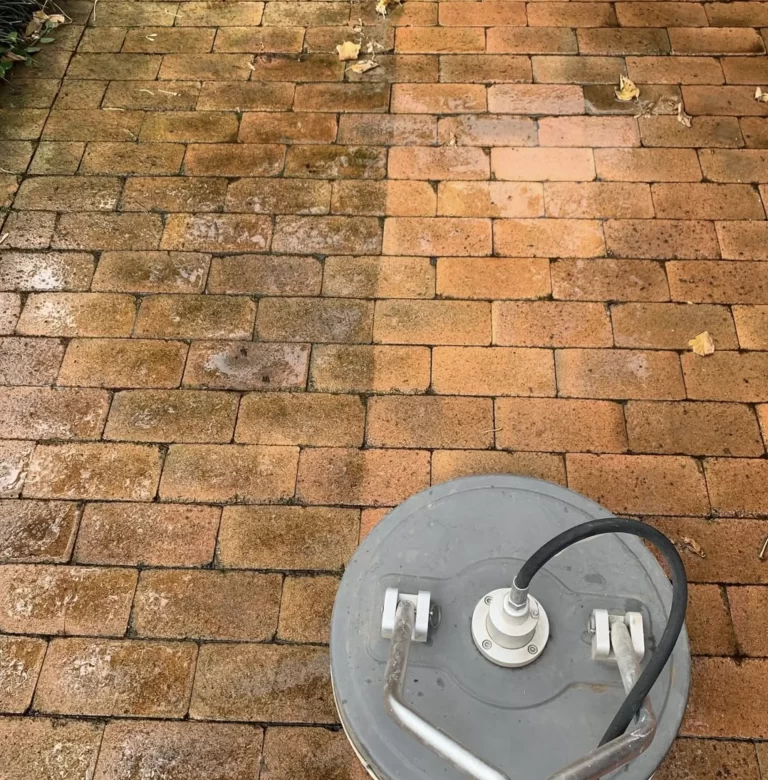The 12 Apostles, towering rock formations along the Southern Ocean, have been a drawcard for visitors for years. Located within Port Campbell National Park this stretch of coastline is famous for its views but also its history and mythology. Beyond their physical beauty the 12 Apostles are steeped in stories from Christian theology to Creation Myths, a mix of geological wonders and cultural significance.
The Geological History of the 12 Apostles
The 12 Apostles are the result of millions of years of coastal erosion, a process still happening today. Originally the rock formations were connected to the mainland as part of the cliffs along the Great Ocean Road, just like Cape Otway and Cape Bridgewater. Over time the Southern Ocean’s powerful waves and winds eroded the soft limestone, created caves that eventually collapsed to form arches. When those arches collapsed too they left behind the isolated rock stacks we see today as the 12 Apostles.
The Process: Erosion and Time
The process that formed the 12 Apostles is still happening today. There were never exactly 12 stacks visible at once but the name stuck as a symbol of their magnificence. Each stack is a monument to nature’s power, just like other coastal wonders along the Great Ocean Road, Johanna Beach, Bells Beach, Wye River. The region’s geography, with extinct volcanoes like Tower Hill Wildlife Reserve, is a reminder this coastline is the result of both sudden and gradual natural events.
Erosion is a ongoing process and the Apostles are changing all the time. Just as some have fallen into the Southern Ocean others may emerge in the future. This change is mirrored in the landscape elsewhere in the region, Bass Strait and Cape Nelson. The geological forces that created these landmarks, like the weathering that formed Lavers Hill and the cliffs of Port Fairy, are still at work and remind us that nature’s creations are impermanent.
The Mythology of the 12 Apostles
While science explains the physical formation of the 12 Apostles, mythology gives them a deeper cultural significance. From ancient Indigenous Dreamtime stories to the influence of European settlers, the legends surrounding these rock stacks have added layers of meaning that go far beyond the rock.
Aboriginal Dreamtime Stories
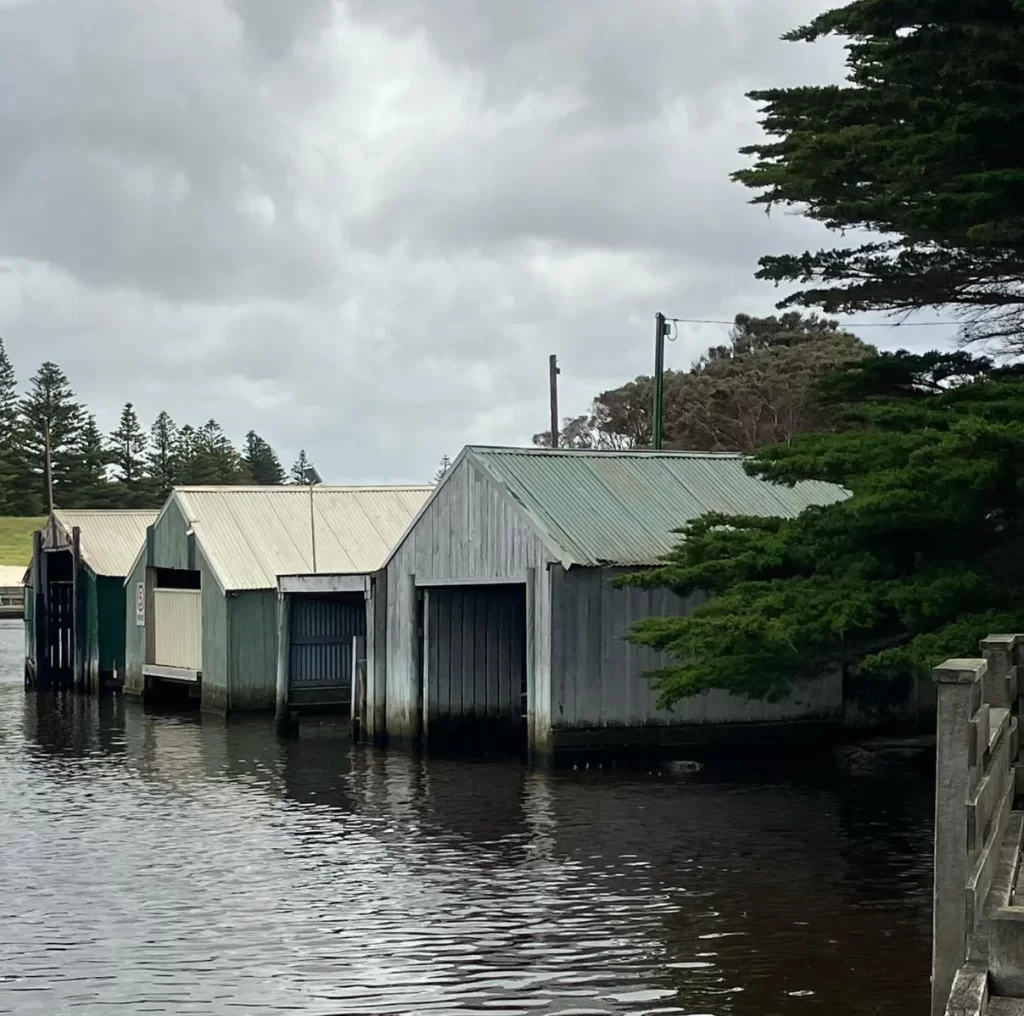
For Indigenous Australians the land and sea along the Great Ocean Road are not just landscapes but are sacred. Dreamtime stories passed down through generations describe the creation of the land by ancestral beings, natural features like the 12 Apostles represent these powerful spiritual forces. The Apostles, like the Glenelg River and the cliffs of Cape Bridgewater, are the guardians of the land and sea. These stories explain the formation of the landscape and connect Indigenous Australians to their ancestors and the natural world.
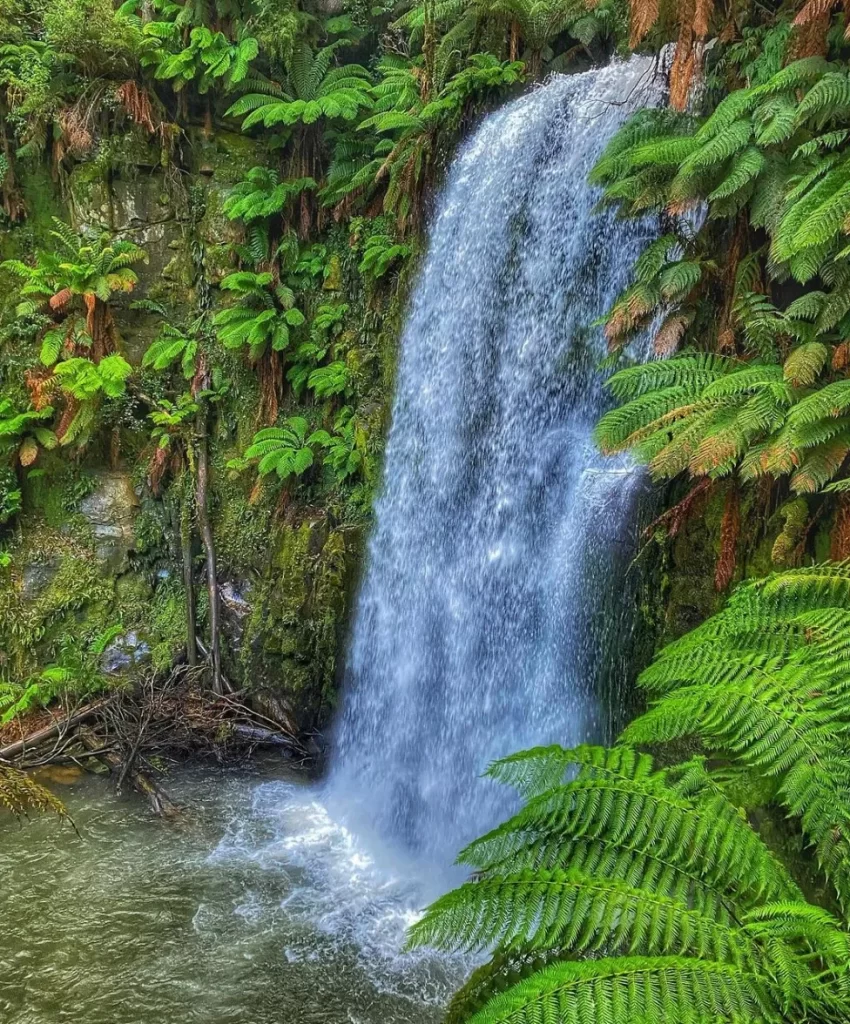
The Creation Myths of the Apostles are about the Apostles as timeless guardians. These old stories are linked to similar myths from other sacred places like Tower Hill and the Otway Ranges where the land was shaped by the hands of the spiritual ancestors. For the Aboriginal people the Apostles are more than just rock formations – they are living connections to the past, guardians of the coast and sacred sites of ancestral worship.
Christian Symbols and Legends
With the arrival of European settlers in the 19th century the mythology of the Apostles began to change. Early settlers many of whom were devout Christians saw these towering rock formations as a fitting symbol of the 12 apostles of Jesus. The name “12 Apostles” was born from this Christian association even though there were never exactly 12 stacks visible at once. The link to Christian theology gave these natural wonders a new meaning just like Saint James is in Christian tradition.
The Apostles became symbols of faith and endurance with each stack representing a pillar of the Christian church. The spiritual connection grew over time with figures like Saint James the Greater – often depicted as a traveller and protector of pilgrims – being linked to the Apostles. Stories emerged of sailors and settlers seeing the Apostles as protectors during their perilous journeys along the coast just like the legendary figures of Saint Branden, Saint Ciaran and Saint Columba who were also spiritual travellers. These stories weren’t just about survival but about the belief that these natural structures were divine sentinels watching over the coast.
The 12 Apostles Naming and Evolution
The Apostles are now an iconic part of the Australian landscape but they weren’t always known by that name. Before the European settlers named them the 12 Apostles they were called “The Sow and Piglets”. The renaming was an attempt to link the area to religious symbolism as the settlers believed in the power of faith in times of hardship.
Biblical Influence
The Apostles became synonymous with biblical figures like James the Less, Saint James the Elder, and other apostles of Christ. The connection to the apostles was solidified through local churches and communities who saw these grand formations as physical representations of the strength of faith, endurance, and divine protection. The enduring connection between the stacks and biblical stories, particularly of apostles like James the Greater, who is said to have traveled to Asia Minor during the 2nd century, became a powerful symbol for the early settlers. These connections are still visible today, with many Christian pilgrims visiting the Apostles as a form of spiritual reflection.
The 12 Apostles in Today’s World
Today the 12 Apostles are an icon of Australian landscape, featured in tourism campaigns and attracting millions of visitors a year. The coastal scenery with famous surf beaches like Bells Beach and quaint towns like Port Fairy and Lavers Hill is a big part of the appeal. The 12 Apostles are a reminder of the wildness of the Great Ocean Road, just like the drives through Kennett River and Wye River, where you’ll find breathtaking views and a sense of history.
Ecological Significance and Conservation
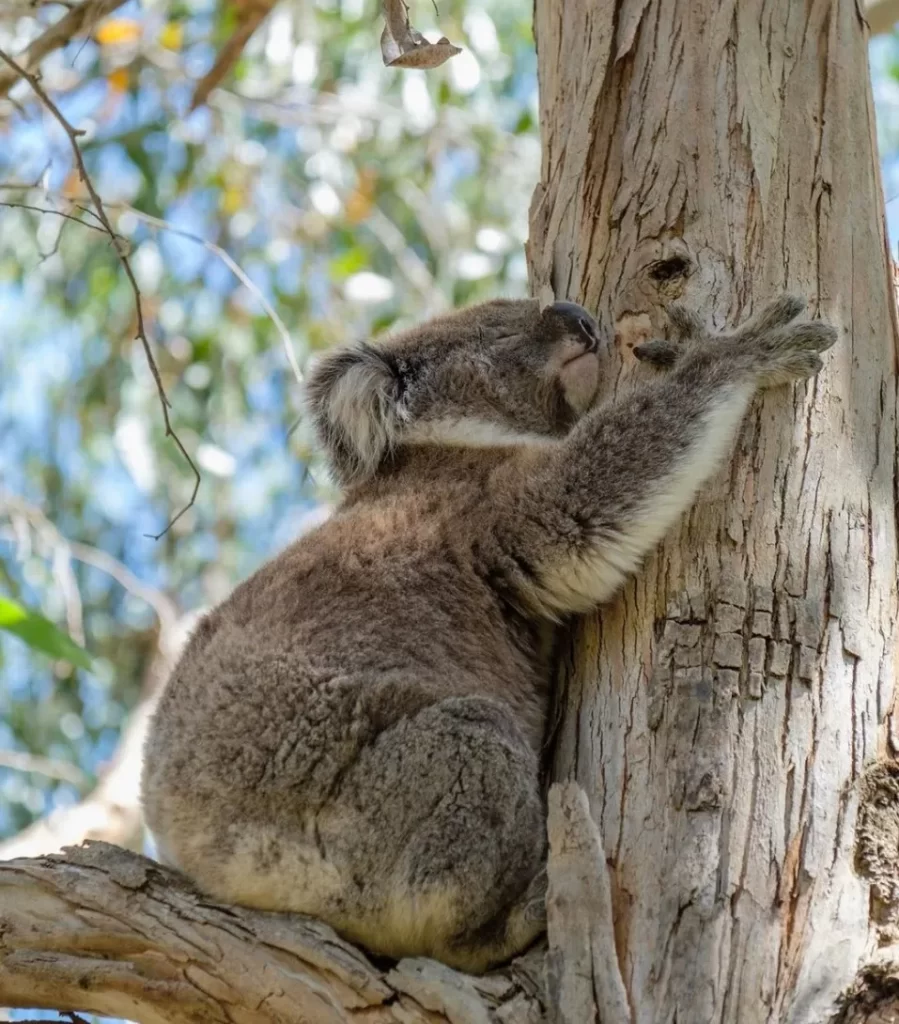
While the 12 Apostles are stunning, they are also part of a delicate ecosystem. Port Campbell National Park where the Apostles are located is home to native wildlife and coastal vegetation. Conservation efforts are in place to protect this unique environment from erosion and the millions of visitors who come to the area each year.
The nearby Tower Hill Wildlife Reserve and Cape Otway are also part of the Great Ocean Road ecological system and offer visitors the chance to see the region’s flora and fauna in their natural habitat. The area is also home to rare bird species and is a critical habitat for coastal wildlife. Work is ongoing to protect the land and sea around the Apostles so future generations can experience the same views and natural beauty we have today.
Conclusion

The 12 Apostles are more than just a bunch of big rocks; they are the intersection of natural history and mythology. Whether through the prism of geological evolution, Indigenous Creation Myths or the symbolism of Christian theology these towering formations are a powerful reminder of the forces – both natural and spiritual – that shape our world. If you book the 12 Apostles tour, you will not miss any interesting places and you will make a lot of unforgettable photos.
FAQs
How many of the original 12 Apostles remain?
Nine of the original 12 are still standing, the others have eroded away.
What do the 12 Apostles mean in Aboriginal mythology?
In Aboriginal Dreamtime stories the 12 Apostles are seen as the guardians of the land and sea, ancestral beings.
Why are they called the 12 Apostles if there were never twelve?
The name “12 Apostles” was given by European settlers to symbolise the apostles of Christ, even though there were never exactly 12 stacks visible.
How do I get to the 12 Apostles?
The 12 Apostles are located along the Great Ocean Road in Port Campbell National Park, just a short drive from Melbourne or the nearby coastal towns of Port Fairy and Kennett River.
Are they being conserved?
Yes, the area is part of Port Campbell National Park and conservation efforts are in place to protect the delicate ecosystem and the big rocks from erosion and tourism.

